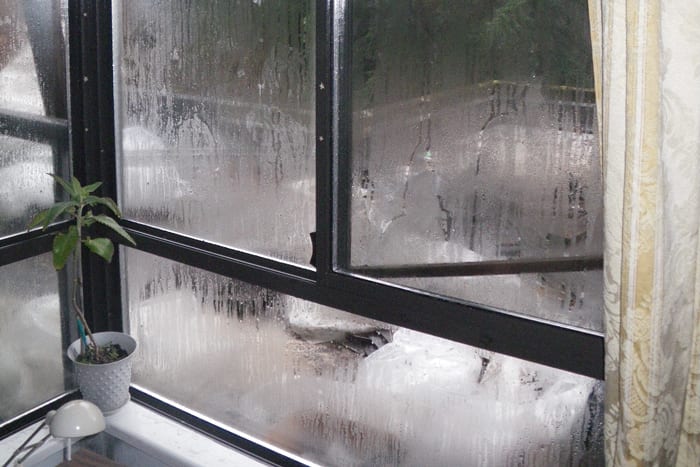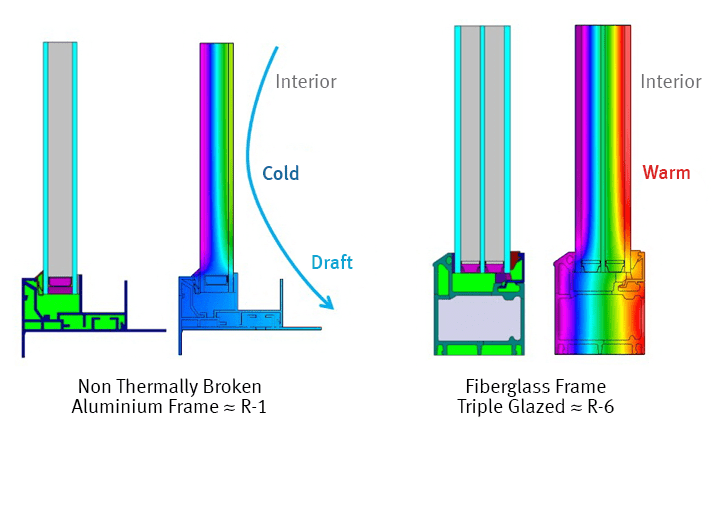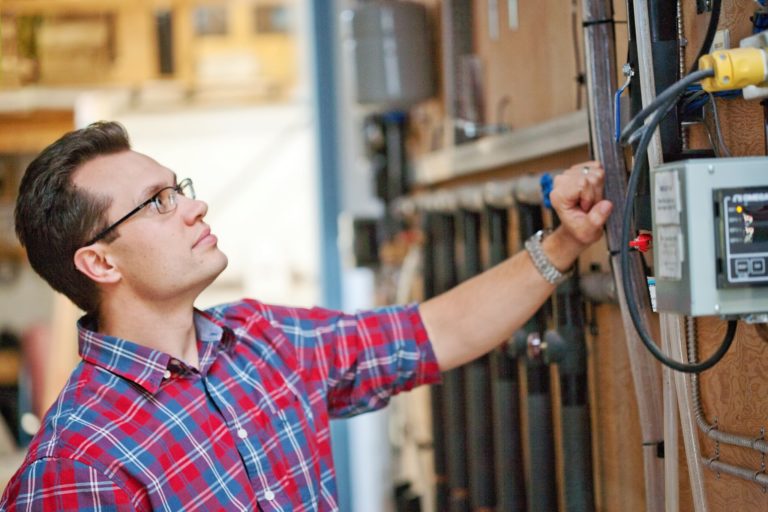Are you an owner or manager of an older apartment building facing any of the following issues?
- Your building enclosure has moisture ingress issues and/or failed glazing units;
- Your operating costs are increasing due to deferred maintenance and rising utility rates;
- You are limited in the rent you can obtain due to the age and condition of your building;
- You get frequent occupant complaints around comfort (too hot, too cold, drafty etc);
- You are losing tenants due to the age and condition of your building;
- Despite the larger suites in your older building, you are struggling to compete with newer buildings that appear more modern, are more comfortable, and incorporate green/energy efficiency features.
If the answer is yes to one or more of these issues, you may think this is bad news as the spectre of a significant capital investment looms on your horizon. However, there is a ‘glass half-full’ perspective worth considering: upgrades that increase the market value and desirability of your building(s) (to both prospective purchasers and tenants), grow your equity, and improve aesthetics and tenant comfort also tend to improve its energy performance.
An upgrade that coordinates energy considerations with your other motivations for building renewal or rehabilitation can lead to significant long term operating cost savings beyond the non-energy benefits and lead to an attractive return on investment. You may even be able to offset some of your capital costs through utility energy incentive programs. Consider reconceiving your building rehabilitation project as a deep energy retrofit.
What is a Deep Energy Retrofit?
A deep energy (or “whole building”) retrofit considers the entire building – its enclosure and internal systems – as an integrated whole when identifying opportunities to improve energy performance. This approach results in much higher energy cost savings (potentially over 50%) than what can be achieved with simple retrofits that focus primarily on equipment such as boilers or lighting.
Buildings with enclosures in poor condition typically result in high heating energy costs, condensation, water ingress, poorly controlled noise and odours, and drafty apartments with hot and cold spots, particularly close to the windows (see Fig. 1 and 2). A deep energy retrofit is an opportunity to not only address the building’s energy performance, but also to improve building durability and occupant comfort.

Figure 1: Condensation on the interior surface of older non-thermally broken double glazed windows: a good candidate for a deep energy retrofit.

Figure 2: Illustration of internal discomfort impact of lower vs. higher performing glazing units.
A deep energy retrofit will typically evaluate the following measures:
- Window replacement, preferably with frames that have low heat loss
- Air sealing of the wall and all joints and penetrations between the wall and other parts of the building enclosure
- Increased wall insulation, typically added to the exterior
- Effective ventilation strategies, which may include heat recovery ventilation
- High efficiency heating equipment (boilers, domestic hot water heaters, air handling units, heat pumps, etc.)
- Lighting upgrades (lighting and lighting controls upgrades, e.g., LEDs and occupancy sensors in common areas) not captured through normal stock turnover
- Conversion to individual suite metering to motivate tenant energy awareness
A deep energy retrofit project is often initiated because of the need to address end-of-life building enclosure components, performance problems associated with the building enclosure, or a combination of both. By addressing the enclosure first through better insulated and more air-tight components and construction, the demand (kilowatts) and energy consumption (kilowatt-hours) for heating are reduced.
Once the performance of the building enclosure is addressed, the other building systems can be addressed, with lower loads in mind. The focus here will be on the heating, ventilation and hot water heating systems, as these typically represent the highest energy end uses (and therefore, the biggest contributors to operating costs). When increasing the airtightness of a building, however, one must ensure that adequate ventilation air is reaching living spaces (previously, much of this air may have been sucked in through the leaky enclosure or opened windows). This reinforces the value of considering the whole building as an integrated system.
When Does a Deep Energy Retrofit Make Most Sense?
While some energy efficiency measures can be implemented at a low install cost, others (like window replacement) can seem cost prohibitive. The best time to consider a deep energy retrofit is when you are already planning an enclosure upgrade to address other issues, whether it is renewing building assets at their end of life, modernizing the building’s appearance, or addressing moisture ingress or indoor air quality issues. By piggybacking on planned capital improvements, the incremental cost to add energy efficiency can be negligible, while the savings can be magnified.
It is important to note that a deep energy retrofit can be implemented in stages, so long as a strategy is developed upfront, and improvements are sequenced in a way that is logical and responsive to your financial conditions, while maximizing the benefit at each stage. For example, replacing windows before completing a boiler upgrade can result in lower heating demand and therefore a smaller boiler. There are many existing rental apartment buildings with poorly performing building enclosures and high energy costs.
An existing building inventory for a large Canadian city revealed that of 857 market rental buildings, 96% were constructed prior to 1980. Many of these buildings are ripe for consideration of a deep energy retrofit. RDH recently completed Phase 1 of a deep energy retrofit for a building that began as an enclosure renewal. Its owners wanted to address existing performance issues, to improve occupant comfort and to modernize the building. By considering energy at the time of renewals, they were able to incorporate additional enhancements to the enclosure that reduced in-suite electric heating consumption by 63% (19% total energy savings) and markedly improved thermal comfort and noise transfer through the enclosure. The additional incremental cost was $60,000, yielding a 20% annual ROI. Phase 2 will see the installation of heat recovery ventilation systems.
While not a Rental Apartment, the Belmont project provides a good example for when Deep Retrofits make sense:
Incentives and Program Support
There is currently potential incentive support for owners and managers of rental buildings who want to undertake deep energy retrofits. Two programs in particular may provide financial and technical analysis funding:
- New Construction Program (joint BC Hydro / FortisBC program) for electricity savings over 50,000 kWh/year, for major retrofit projects.
- FortisBC Commercial Custom Design Program – Retrofit Projects for natural gas savings of at least 1,200 GJ/year, for major retrofit projects.
RDH is an approved contractor for both programs and is therefore qualified to shepherd clients through each step, and to complete the technical analysis.
Conclusion
A building rehabilitation project reconceived as a deep energy retrofit can achieve some or all of the following benefits for a landlord or building manager:
- Increased annual return for your building investment (refer to Reducing Operating Costs – the Business Case for Energy Efficiency in the Winter 2013 issue for a detailed description of the financial case for energy efficiency)
- Increased NOI (Net Return on Investment) and improved cap. rate as a result of reduced utility bills (for you and your tenants)
- Higher market value, leading to increased equity and increased potential leverage
- Reduced electricity demand charges (monthly peak load), further increasing NOI
- Maximized rents (increased Gross Operating Income)
- Improved tenant comfort, satisfaction and retention leading to improved tenant profile
- Extended life of your building systems and components
- Property valuation increase at time of selling, and/or reduced time to sell
- Potential utility incentives to offset enclosure upgrade costs that improve energy efficiency
Contact us at RDH for more information on how we can help your building achieve energy savings.


